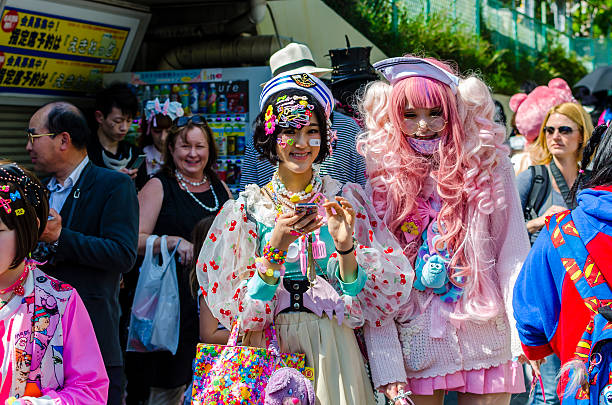Shopping Style
Japanese Fashion in the 90s A Nostalgic Look Back
The fashion trends of the 90s were a unique blend of daring and minimalism, influenced by music, film, and subcultures. Japan, known for its avant-garde approach to fashion, also played a significant role in shaping the decade’s style.
From oversized streetwear to delicate kimonos, Japanese fashion in the 90s was a reflection of both traditional and modern elements. In this article, we will delve into the evolution of Japanese fashion in the 90s and explore its impact on global trends.
The Rise of Streetwear and Harajuku Fashion
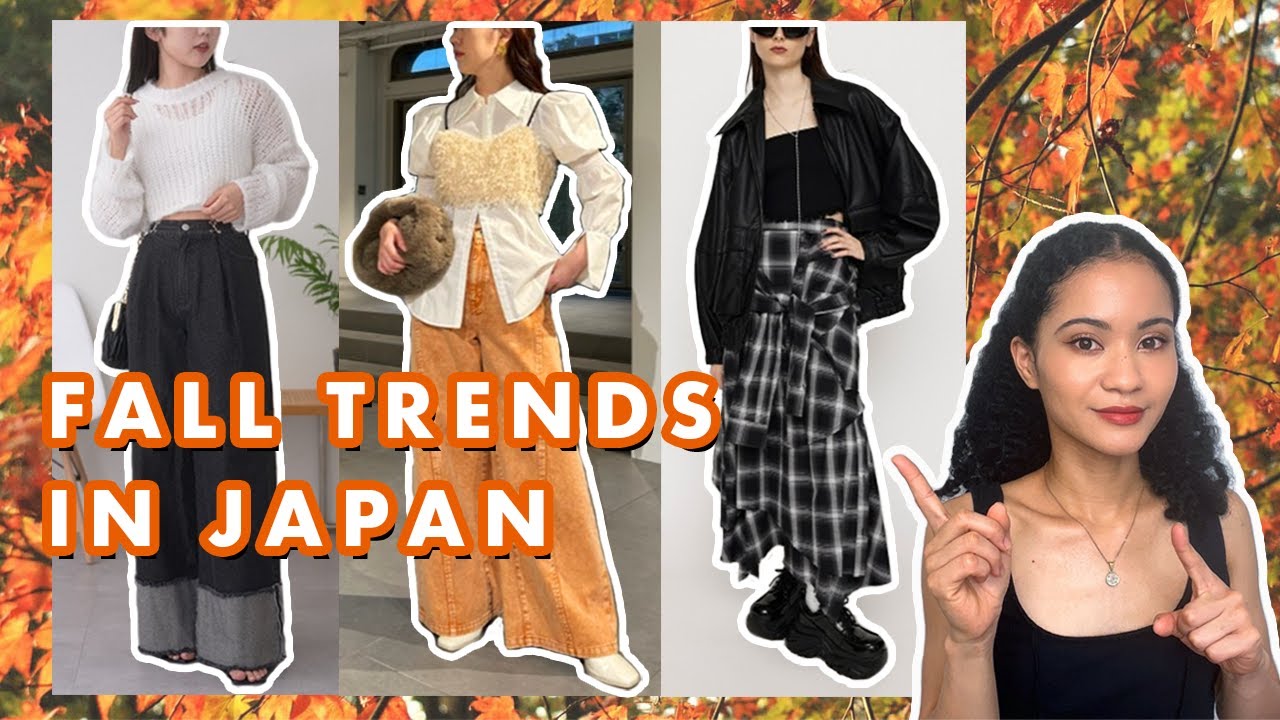
Harajuku Style
Harajuku, a district in Tokyo, became the epicenter of Japanese street fashion in the 90s. This vibrant and bustling area was home to various subcultures, each with their distinctive styles. The most notable of these was the Harajuku style, which originated from the Harajuku station’s pedestrian bridge, commonly known as “Takeshita Street.”
The Harajuku style was a fusion of different subcultures, including punk, goth, and Lolita. It was characterized by bold colors, layering, and mixing of patterns and textures. Oversized clothing, platform shoes, and eccentric accessories were also prominent features of this style. Harajuku became a hub for young people to express themselves through fashion, leading to its widespread influence in the 90s.

Streetwear Revolution
Streetwear was another dominant trend that emerged in the 90s, largely influenced by hip-hop culture and American brands. However, Japanese streetwear had its unique twist, with designers incorporating traditional elements into their designs. Brands like A Bathing Ape (BAPE) and Undercover brought a fresh and innovative approach to streetwear, combining urban aesthetics with traditional Japanese motifs.
The rise of streetwear also gave birth to the popular “Ura-Harajuku” style, which focused on high-end luxury brands and designer fashion. This subculture was characterized by a more refined and minimalist aesthetic, in contrast to the eclectic and bold Harajuku style. The Ura-Harajuku style was popular among the older and more affluent population, thus creating a divide in the Harajuku fashion scene.
Impact on Global Fashion
The impact of Japanese streetwear and Harajuku fashion on global trends cannot be understated. In the 90s, Japan was at the forefront of fashion innovation, and its influence extended beyond its borders. Designers and brands like Yohji Yamamoto, Comme des Garçons, and Issey Miyake gained international recognition for their avant-garde designs, which incorporated elements of Japanese streetwear and traditional fashion.
Moreover, the popularity of Japanese streetwear and Harajuku fashion also led to the emergence of “J-Fashion” or “Japanese fashion” as a trend in the Western world. The unique and daring styles from Japan caught the attention of fashion enthusiasts worldwide, leading to its incorporation into mainstream fashion.
The Fusion of Traditional and Modern Fashion
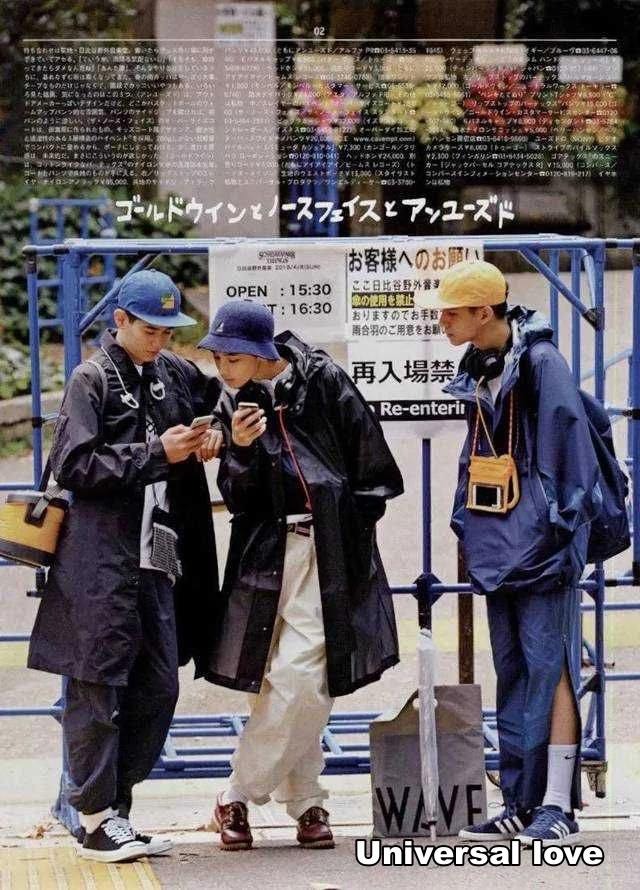
Traditional Kimonos with a Modern Twist
Kimonos, a traditional Japanese garment, underwent a transformation in the 90s, becoming a symbol of modernity while still retaining its cultural roots. Designers incorporated traditional kimono elements, such as the obi belt and wide sleeves, into modern silhouettes, making it more wearable for everyday life. This fusion of traditional and modern elements appealed to both Japanese and international audiences, making kimonos a must-have fashion piece in the 90s.
Influence of Anime and Manga
Anime and manga, Japanese animated and comic book culture, also had a significant influence on the fashion scene in the 90s. Characters from popular anime series, such as Sailor Moon and Dragon Ball Z, were seen as style icons, with their unique and vibrant outfits inspiring real-life fashion trends. This fusion of fantasy and reality led to the emergence of “cosplay,” where fans dressed up as their favorite anime or manga characters at conventions and events.
Traditional Textiles and Techniques
Japanese fashion in the 90s also saw a resurgence of traditional textiles and techniques, such as Shibori (tie-dye) and Sashiko (decorative stitching). Designers incorporated these elements into modern designs, giving them a new and fresh perspective. This trend not only celebrated Japanese heritage but also promoted sustainable and ethical fashion practices by utilizing traditional methods and materials.
The Minimalistic Aesthetic
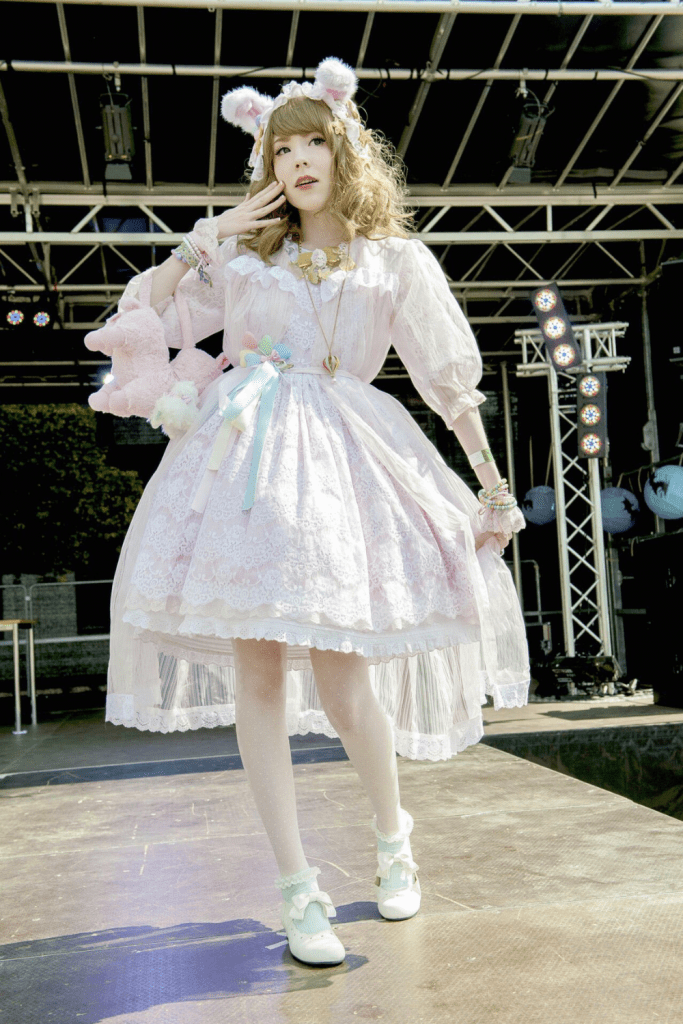
The Influence of Zen Culture
Zen culture, with its emphasis on simplicity and mindfulness, had a profound impact on Japanese fashion in the 90s. Designers embraced a more minimalistic approach, focusing on clean lines, neutral colors, and natural fabrics. This aesthetic was a stark contrast to the bold and colorful styles of the Harajuku scene, but it resonated with many who sought a more understated and timeless look.
Wabi-Sabi and Imperfection
The concept of wabi-sabi, which celebrates the beauty in imperfection and impermanence, also influenced Japanese fashion in the 90s. Designers embraced asymmetry, frayed edges, and raw finishes, giving their designs a more organic and imperfect feel. This trend challenged the traditional notion of perfection in fashion and encouraged individuality and self-expression.
The Rise of Japanese Brands
The 90s saw an increase in the number of Japanese brands and designers making their mark on the fashion world. Brands like Yohji Yamamoto, Comme des Garçons, and Issey Miyake gained global recognition for their minimalist and avant-garde designs, paving the way for other Japanese brands to enter the international market. The success of these brands solidified Japan’s position as a fashion powerhouse and further contributed to the globalization of Japanese fashion.
Frequently Asked Questions
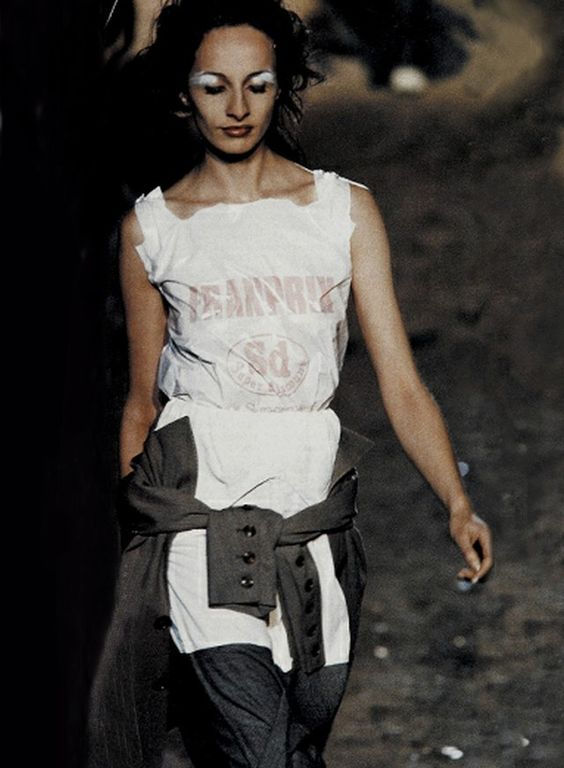
What is the difference between Harajuku and Ura-Harajuku fashion?
Harajuku fashion refers to the eclectic and bold street style that originated in the Harajuku district of Tokyo. Ura-Harajuku, on the other hand, is a more refined and minimalist style popular among the older and affluent population.
How did Japanese fashion in the 90s influence global trends?
Japanese fashion in the 90s had a significant impact on global trends, with designers incorporating elements of Japanese streetwear and traditional fashion into their designs. This influence also extended to mainstream fashion, with the emergence of “J-Fashion” or “Japanese fashion.”
What traditional elements were incorporated into modern Japanese fashion in the 90s?
Designers in the 90s fused traditional elements, such as kimonos, Shibori (tie-dye), and Sashiko (decorative stitching), into modern silhouettes and styles. This fusion celebrated Japanese heritage while also promoting sustainable and ethical fashion practices.
What is the concept of wabi-sabi in Japanese fashion?
Wabi-sabi celebrates imperfection and impermanence, and it influenced Japanese fashion in the 90s by promoting asymmetry, raw finishes, and organic designs. This trend challenged the traditional notion of perfection in fashion and encouraged individuality.
Who were some influential Japanese designers in the 90s?
Some influential Japanese designers of the 90s include Yohji Yamamoto, Comme des Garçons, and Issey Miyake. These brands gained international recognition for their avant-garde and minimalist designs, paving the way for other Japanese brands to enter the global market.
Conclusion

The fashion trends of the 90s were an eclectic mix of traditional and modern influences, with Japan playing a significant role in shaping the decade’s style. From streetwear to kimonos, the fusion of different elements created a unique and timeless aesthetic that continues to inspire fashion trends today. Japanese fashion in the 90s challenged conventions and celebrated individuality, making it a nostalgic and cherished era in the world of fashion.

